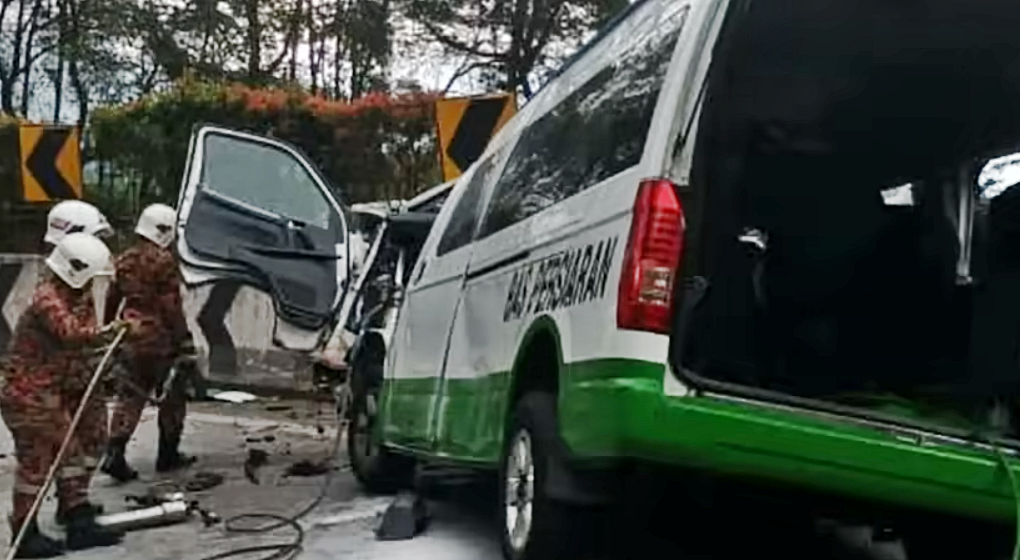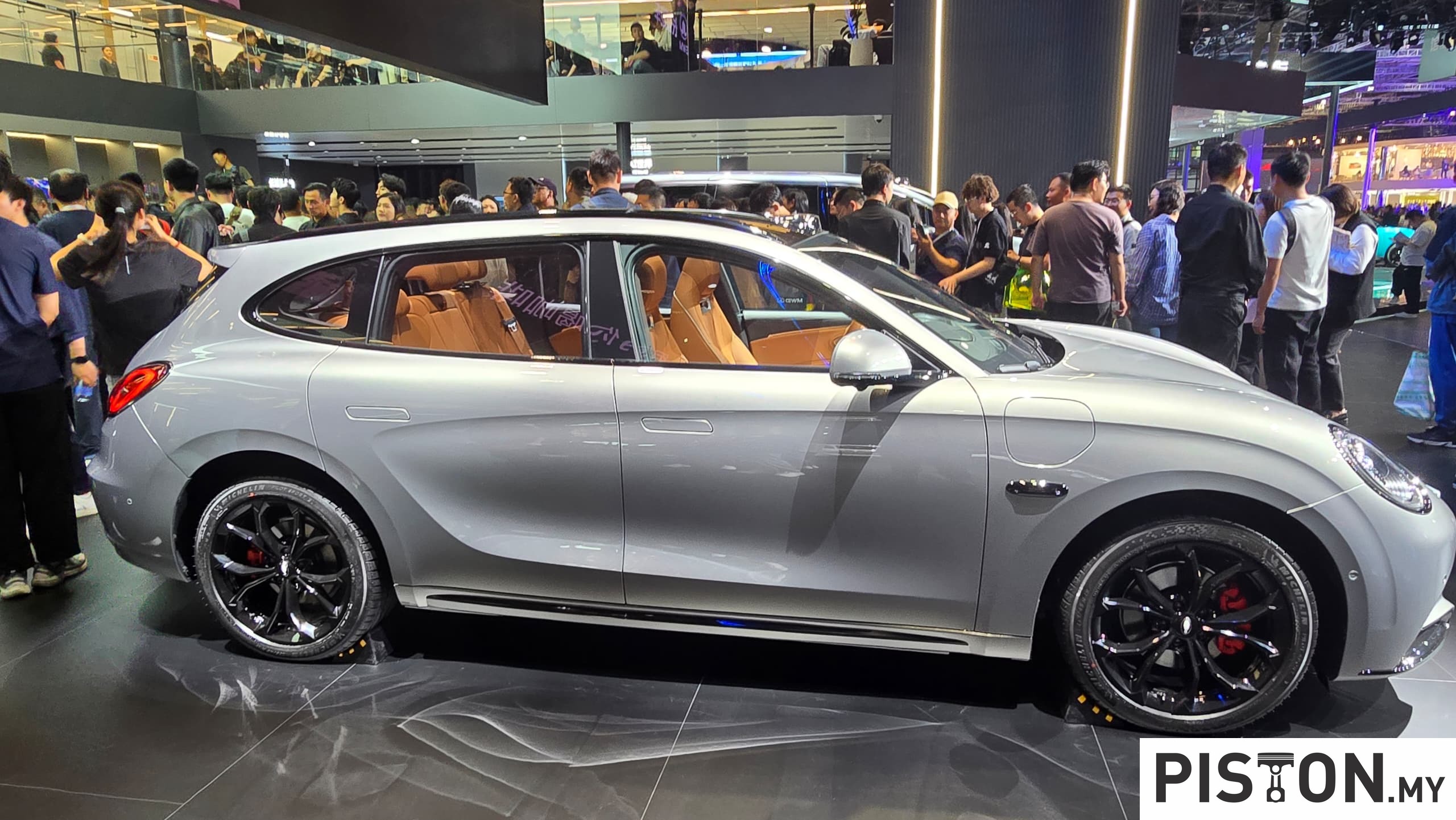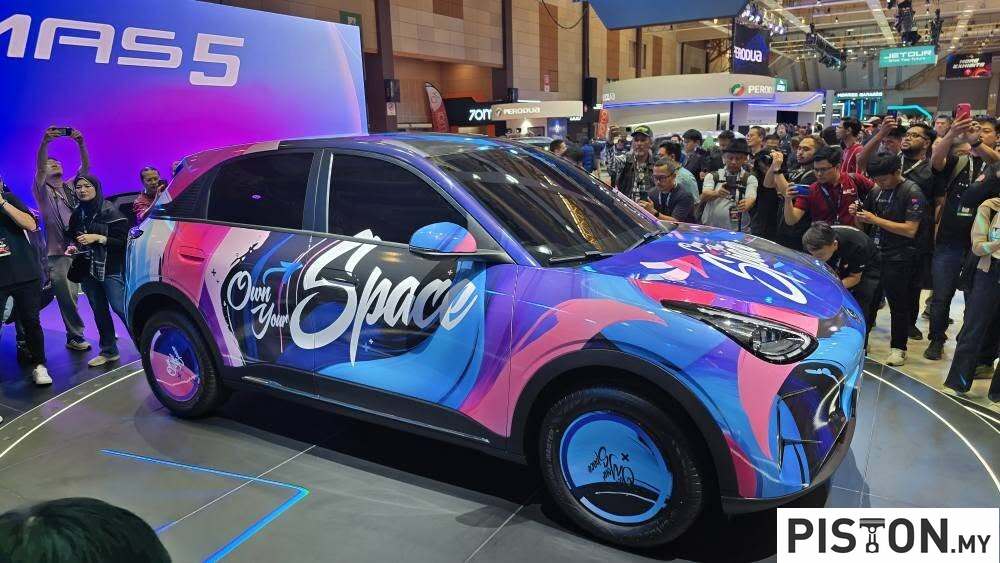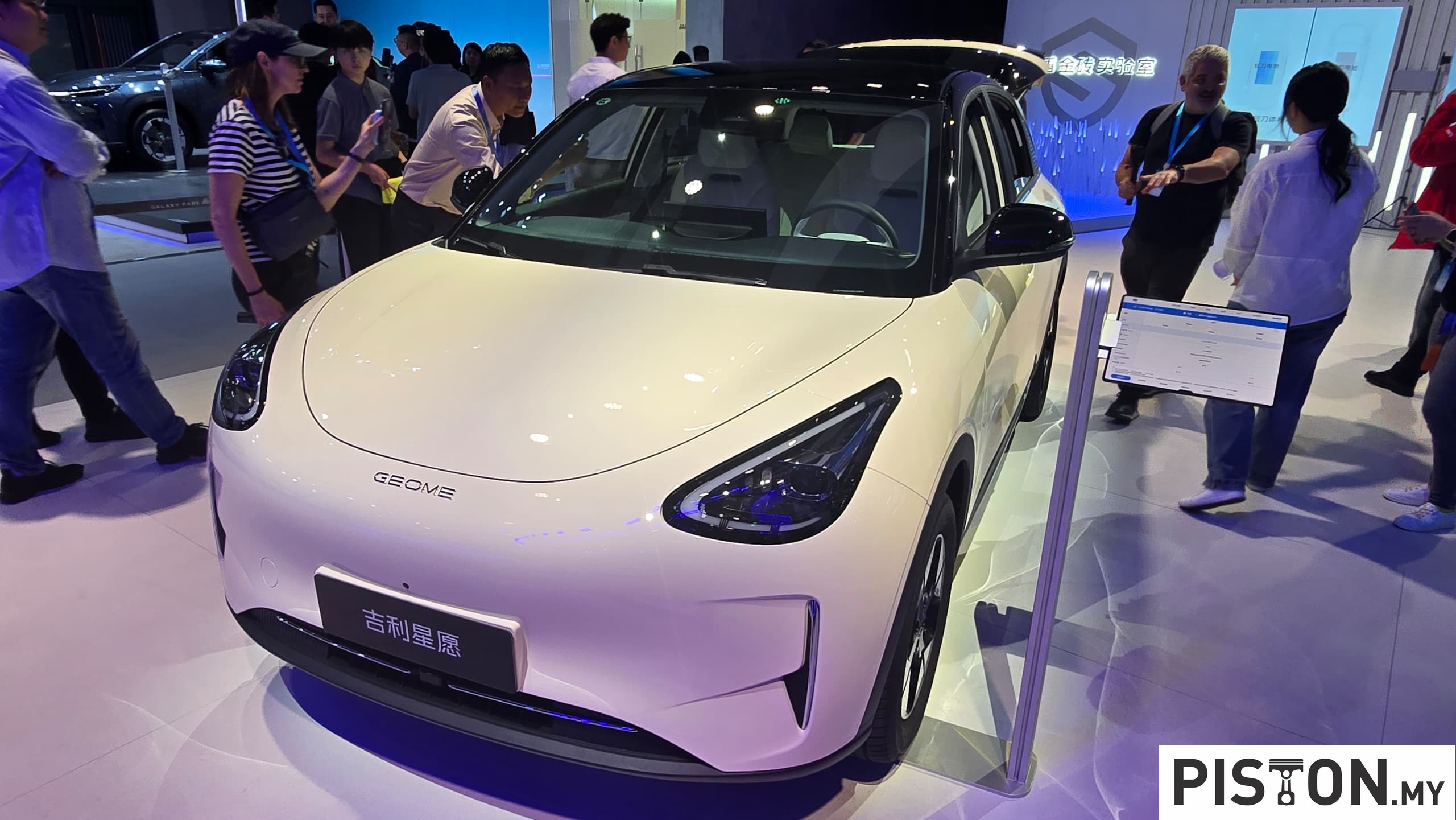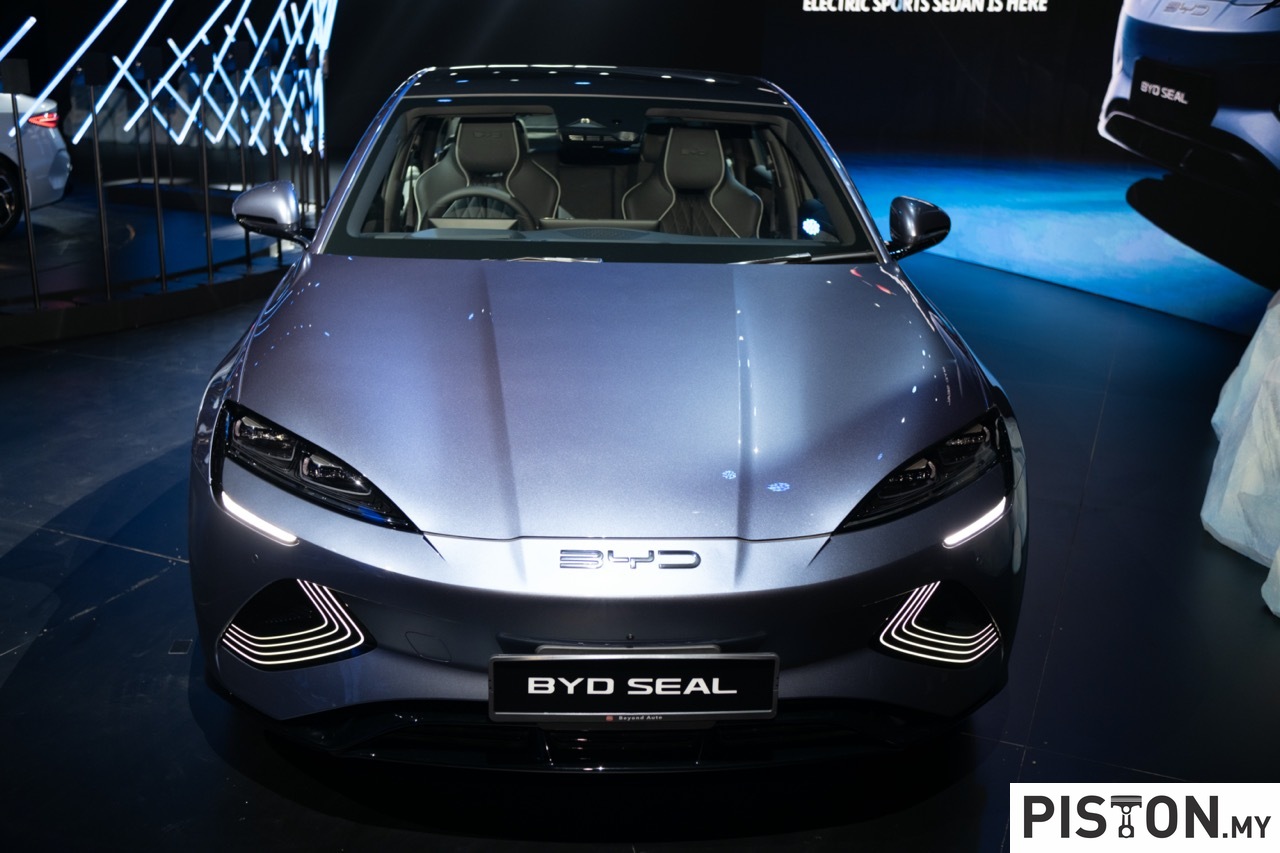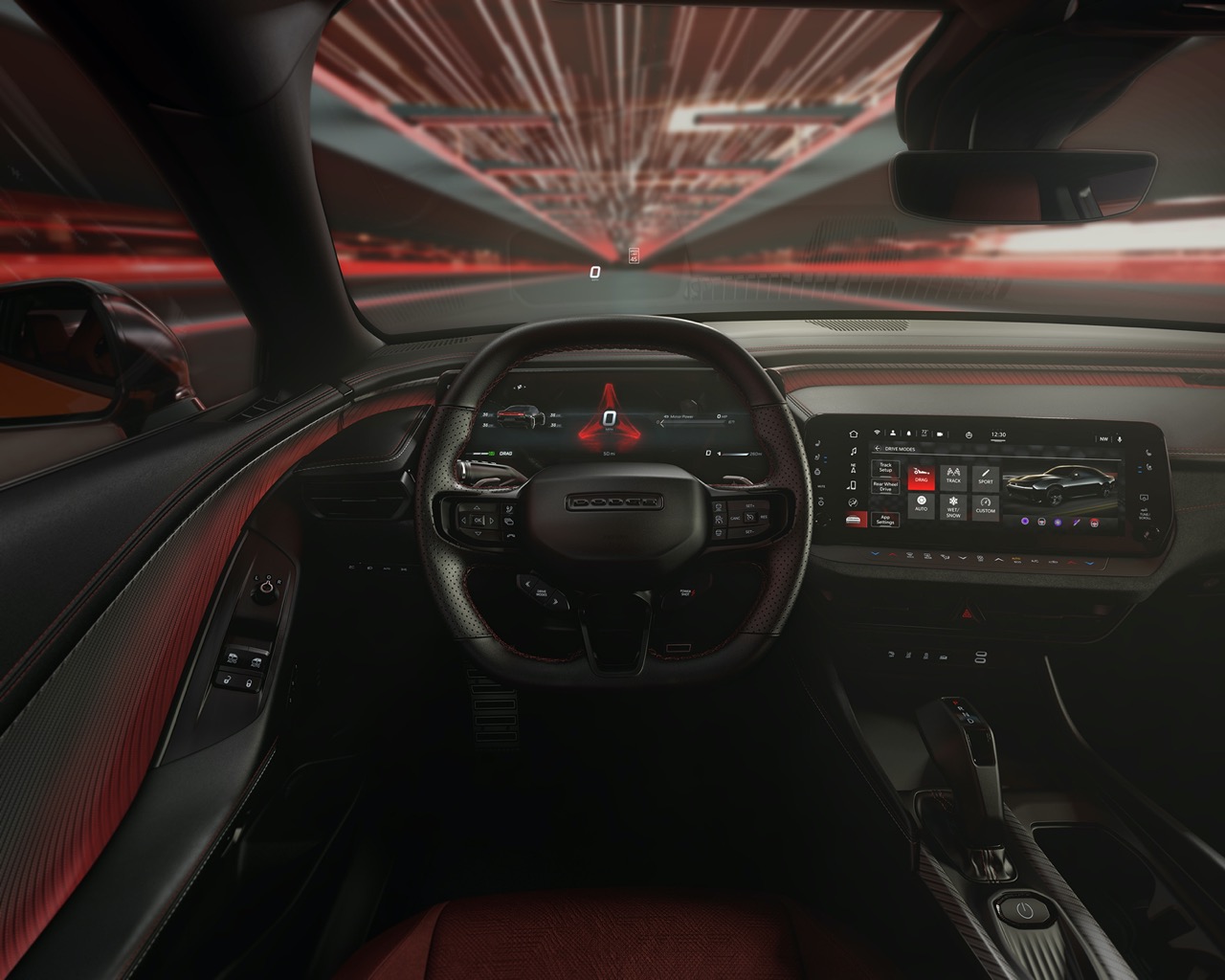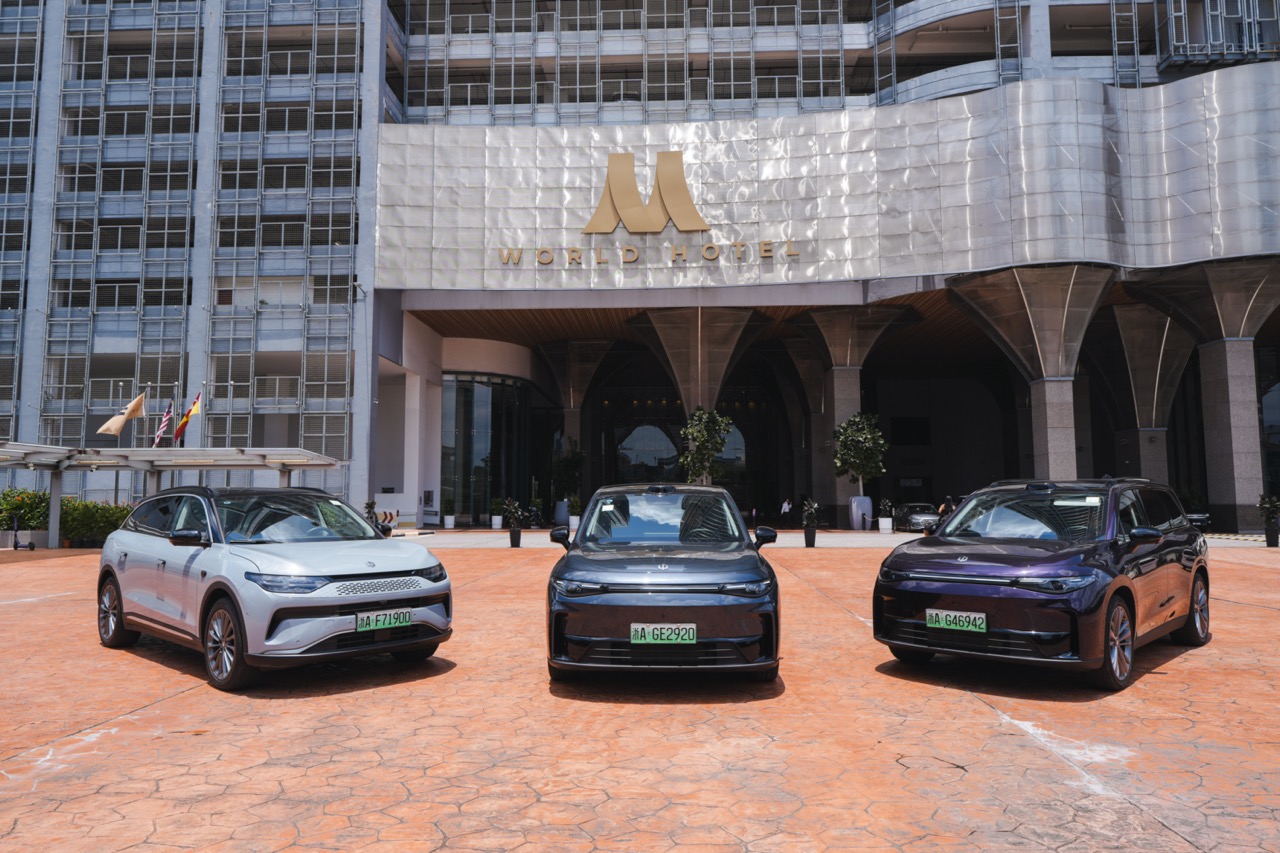The winding road up to the Genting Highlands resort complex on the border between Selangor and Pahang is well known by Malaysians (and even Singaporeans). For drivers, it is a challenging drive and being able to drive up is ‘test’ of a car.
But for the families and friends of a group of tourists who travelled along that road recently, it will bring memories of a tragedy. They were involved in an accident when the van they were in crashed into the concrete divider, with 6 of the passengers being killed right away. A seventh person who was the co-driver, died later in hospital.
According to the police, the group was returning to Penang from Genting Highlands when the driver lost control of the van at a bend near Km 4.8 and it crashed into the divider. The impact was severe at the front and killed the driver, and caused serious injuries to the co-driver. It is not known how four of the passengers died and whether everyone had seatbelts on.
The accident attracted the attention of the Transport Minister who said that he has asked MIROS ( Malaysian Institute of Road Safety Research) to carry out investigations into the accident. “I have asked MIROS to look into all aspects, including the design of the road, to obtain the full picture behind the tragic incident, which was believed to be due to loss of control while approaching a bend.”
“The MIROS report will be submitted to the Transport Ministry and the Works Ministry [which oversees road design]. We need to take note of the lessons from this to avoid a recurrence,” he said, adding that he had also asked Apad (Land Transport Agency) and the JPJ (Road Transport Department) to look into the company that was providing the transport service for the tourists.

The road up to the Genting Highlands complex was opened in 1969 and has a length of about 18 kms. It is a privately owned road which was originally accessed from the old Gombak – Bentong road. Later, after the Karak highway was opened in 1979, an access was built from the highway over the Genting Sempah tunnels. A ramp was added later on to give direct access from the highway before the tunnel.

In the early years, the road was narrow and not well lit. As the traffic volumes grew with the increasing popularity of the resort which includes a casino, the property owners widened the road and also created a dual carriageway in some sections to increase safety.
The steep climb has been regarded as a challenge for motorists and one of the questions asked about a new car – especially one like the Perodua Kancil when it was launched – was ‘can it got up Genting?’. Actually any car can go up the slope but how fast it can do so is a different matter.
Nevertheless, the road was (and still is) a ‘test course’ for some car companies whose drivers will go up and down to assess performance. In 1995, even Audi had a team drive a prototype model up the road because the Germans were told that it was very challenging. And of course, these days there are various groups that do drives there almost every weekend.
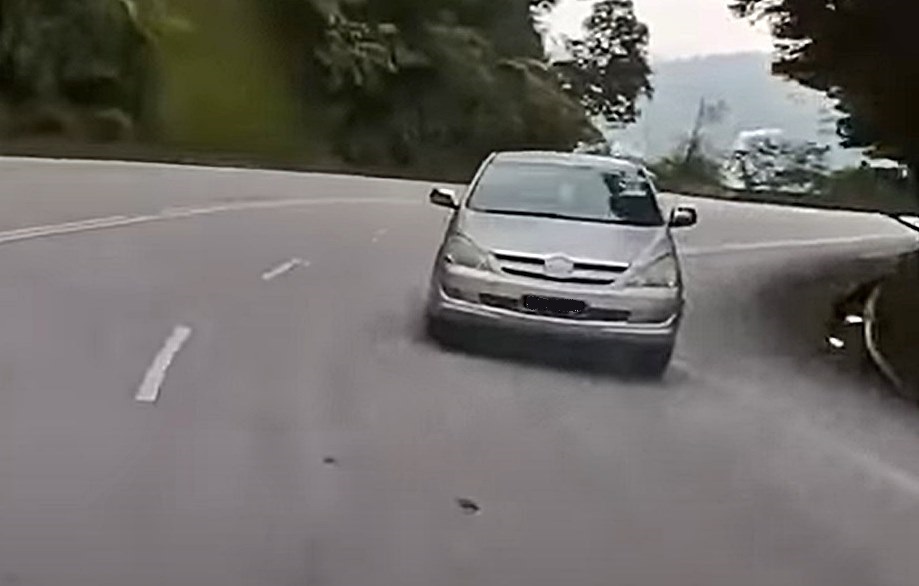
In earlier years, it was not uncommon to see cars coming down the slope with smoke blowing out from their wheels. Many drivers would apply the brakes for long periods to moderate the speed and this would cause the brakes to overheat and start smoking. Back then, the brake discs were not ventilated in many cars so they overheated quickly. Today’s brake systems have ventilated discs and are also designed to fade less after excessive use.
The correct way to drive down a steep slope is to use a lower gear. Of course, with many cars having automatic transmissions these days, that might not be possible. The solution would usually be to select ‘L’ (low) or manually select gears if that feature is available. Avoid using the brakes for long periods.
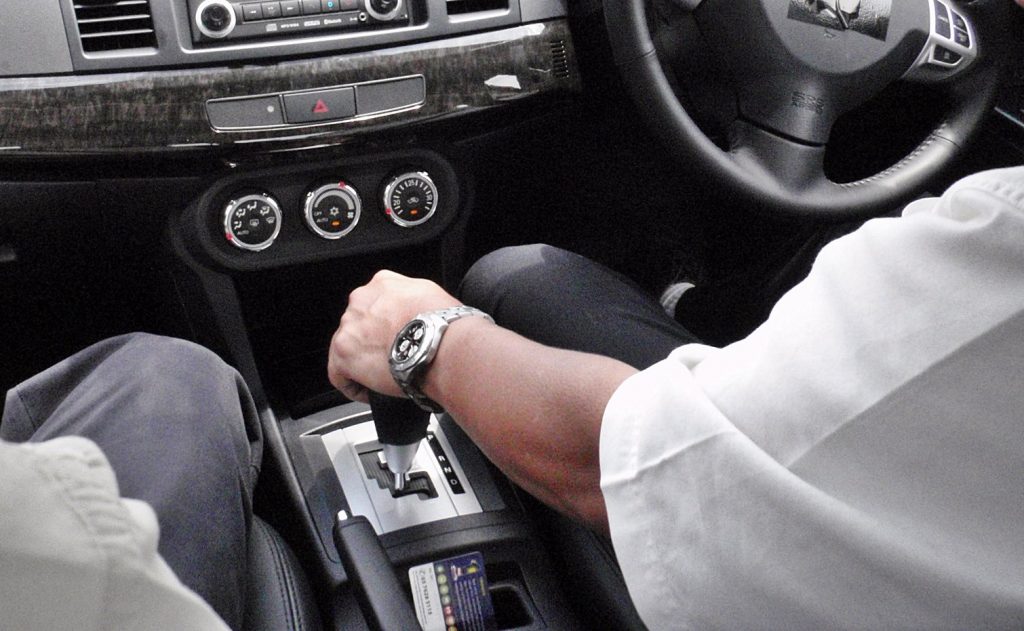
In any case, when driving along such roads, it is best to drive at a moderate speed without your capabilities (unless you are a skilled driver). Be sure your lights are on if your car does not come with daytimes running lights. On sections where there is no solid divider and only lines separating flows on both sides, be alert for oncoming vehicles that may come over to your side, especially at corners and curves. The drivers may be racing with others and overtake recklessly or they might have lose control.




